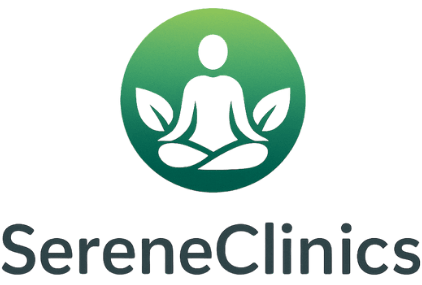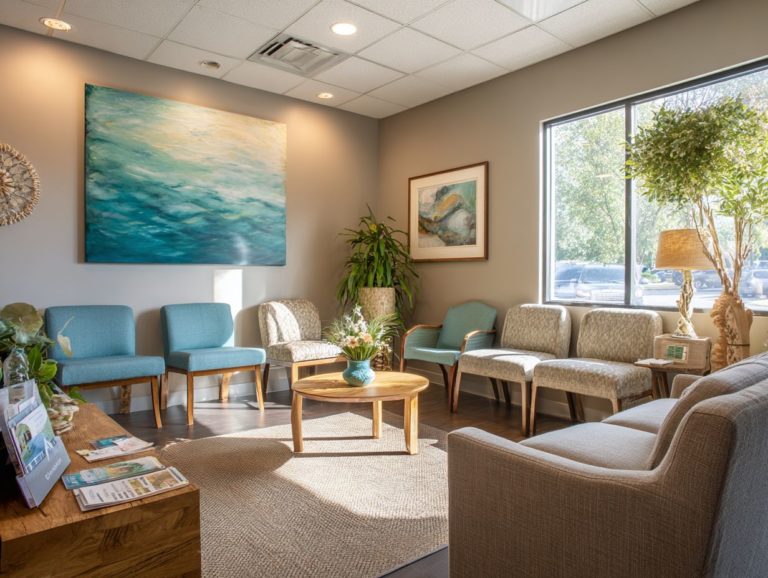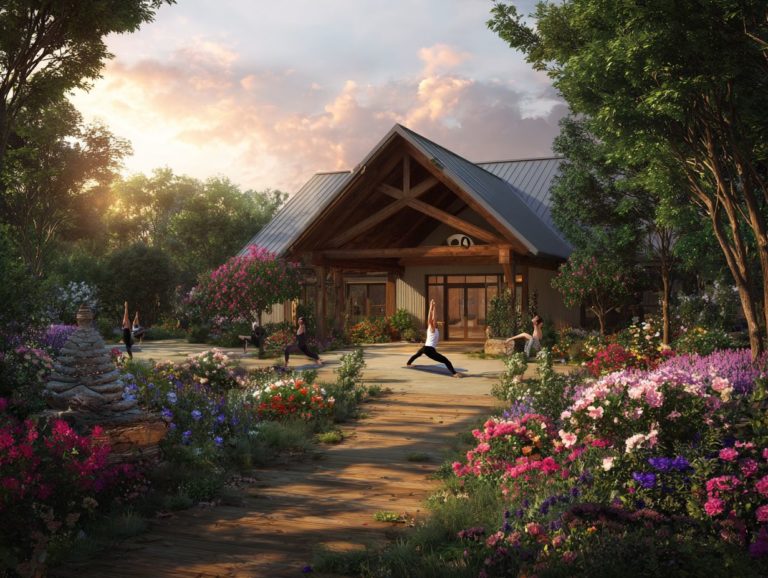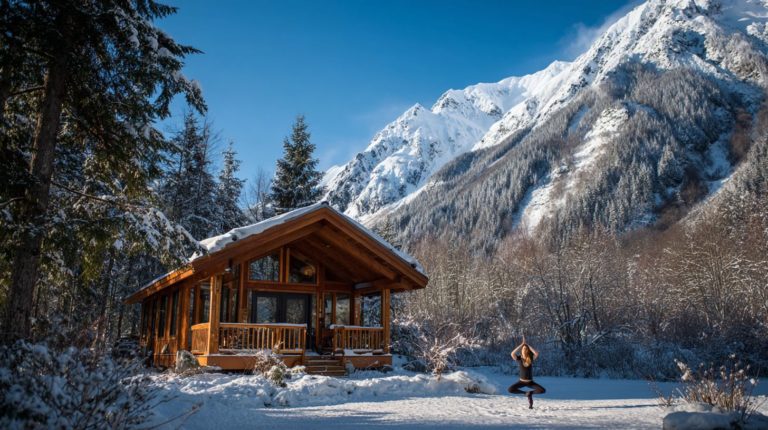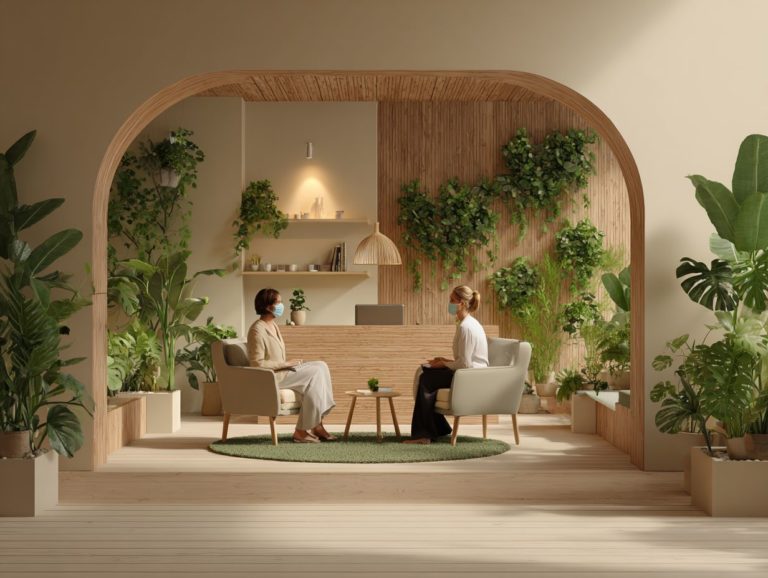Top 5 Holistic Health Centers in Kodiak, Alaska
Nestled in the rugged beauty of Kodiak, Alaska, holistic health centers blend ancient traditions with cutting-edge care to nurture body, mind, and spirit.
Top picks include the Wellness Center at Kodiak Area Native Association, Kodiak Community Health Center, Providence Kodiak Island Medical Center, KANA Mill Bay Health Center, and Kodiak Public Health Center.
See what makes them unique, their services, and tips for your visit-perfect for island wellness seekers.
Key Takeaways:
Contents
- 1 1. Wellness Center – Kodiak Area Native Association
- 2 2. Kodiak Community Health Center
- 3 3. Providence Kodiak Island Medical Center
- 4 4. KANA Mill Bay Health Center
- 5 5. Kodiak Public Health Center
- 6 What Makes a Kodiak Health Center Treat Body, Mind, and Spirit?
- 6.1 What services do whole-body health centers usually provide?
- 6.2 How Do These Centers Combine Traditional and Modern Practices?
- 6.3 What Makes Kodiak’s Whole-Body Health Community Different?
- 6.4 How Can You Get Ready for Your First Visit to a Wellness Center?
- 6.5 Are There Insurance or Accessibility Considerations for These Centers?
1. Wellness Center – Kodiak Area Native Association
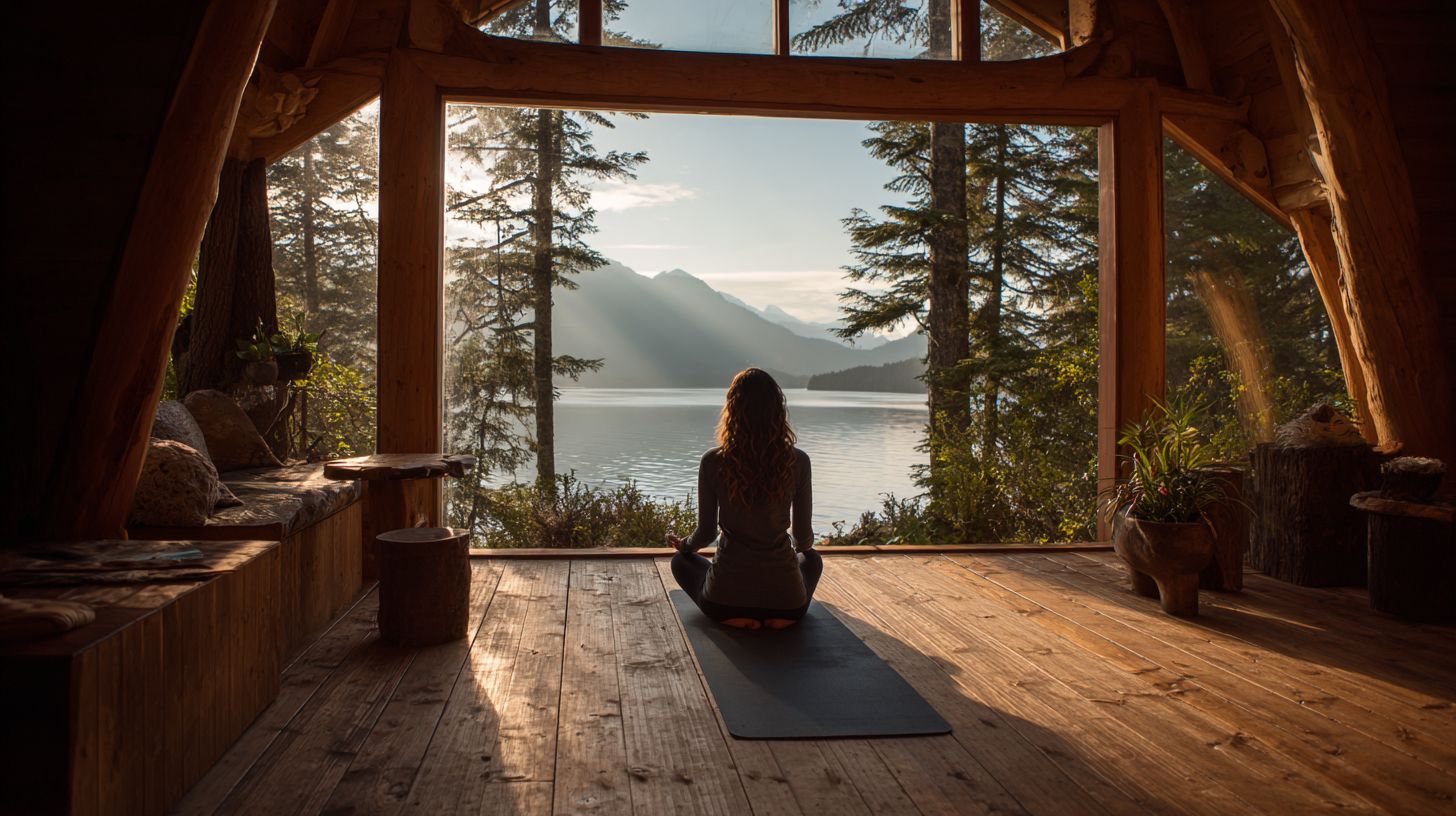
The Wellness Center at the Kodiak Area Native Association acts as a central spot for full health care made for KANA members. It uses methods that cover all parts of health and mix community help with specific services.
It offers a wide array of mental health counseling and behavioral health programs designed to address unique community needs.
Visitors can access substance abuse prevention initiatives, anger management sessions, and specialized support for intergenerational trauma, anxiety, grief, addiction, domestic violence, sexual assault, and substance misuse.
The center also provides essential suicide prevention resources, including crisis hotlines and intervention training, drawing on guidelines from the National Alliance on Mental Illness.
For cultural healing, it includes the Alaska Blanket Exercise, an interactive workshop that indigenous leaders created to examine how history affected Native communities, with changes made by the Alaska Native Heritage Center.
Through partnerships with the Behavioral Health Wellness Clinic and the Alaska Native Tribal Health Consortium, the center enhances its reach, offering integrated care.
Family support programs apply the Community Reinforcement and Family Training (CRAFT) approach. A 2018 study by the National Institute on Drug Abuse showed that this method succeeds, with rates up to 70% for family members entering addiction treatment.
2. Kodiak Community Health Center
Kodiak Community Health Center provides essential community health services to low-income residents through a sliding fee scale, offering accessible dental clinic and medical clinic options alongside primary care.
It focuses on primary care using family practice and general practice, with full check-ups and preventive steps suited to daily needs. Urgent care is readily available for immediate concerns, while family medicine consultations provide personalized guidance on long-term wellness.
Nursing services offer hands-on support, from vaccinations to chronic disease management, fostering a supportive environment.
The center provides medical care and also links people to vocational rehabilitation to build skills and find jobs, education and training programs to improve careers, and WIC to supply families with nutritional aid.
The Kodiak Island Ambulatory Care Clinic is central to these combined services. Dr. John Koller stands as a committed doctor who organizes full care plans.
A 2022 study by the Alaska Primary Care Association found that these community hubs cut emergency room visits by 25%. This shows their strong effect.
3. Providence Kodiak Island Medical Center
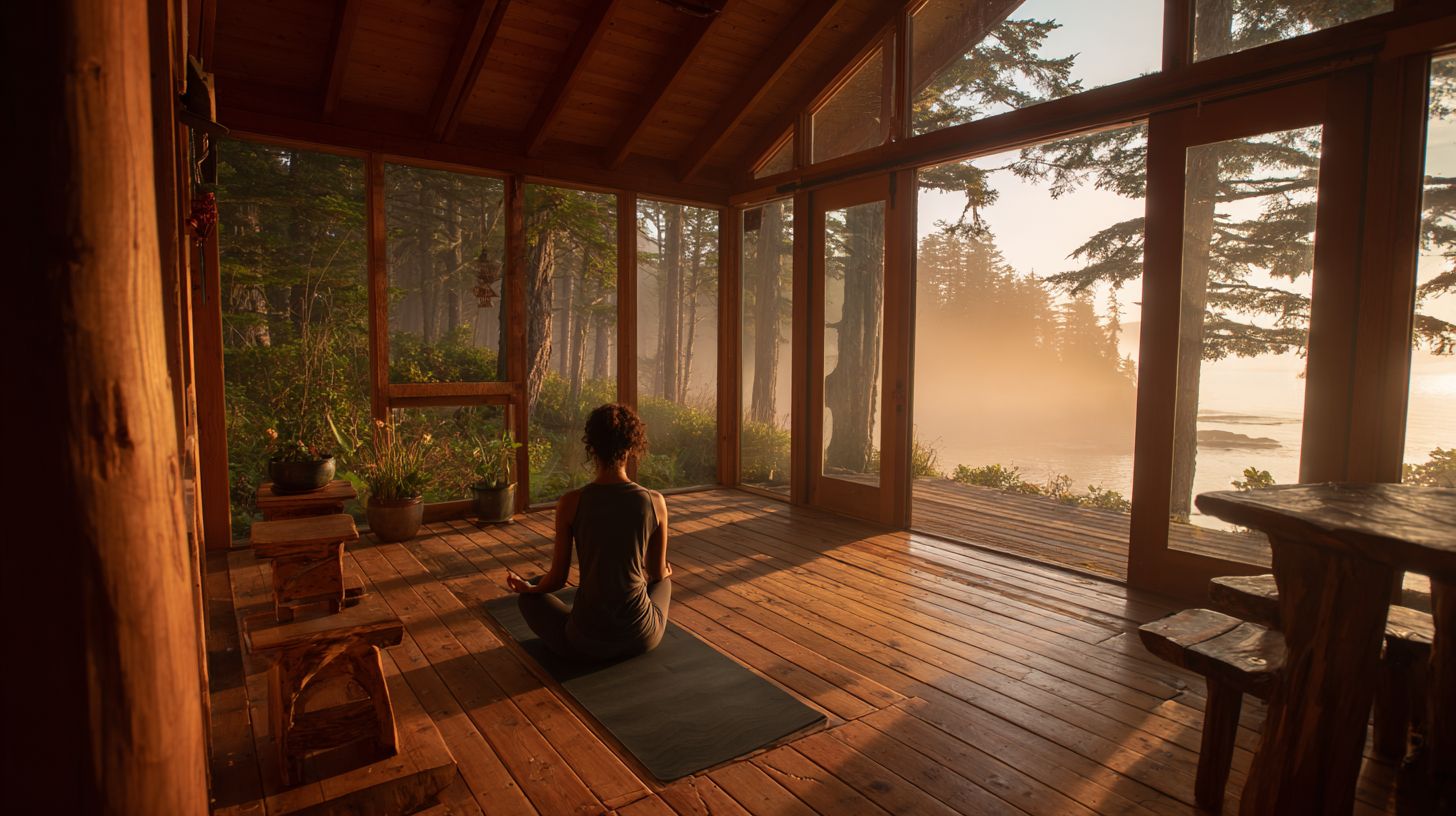
Providence Kodiak Island Medical Center is a complete hospital in Providence Kodiak. Doctors, surgeons, and doctors in different medical areas treat the island’s health problems.
It does well in internal medicine. It provides care for long-term conditions like diabetes and hypertension, following guidelines from the American College of Physicians. The obstetrics department provides expert prenatal and delivery services, ensuring safe births even in remote settings, with outcomes rivaling national averages per CDC data.
Radiology teams use MRI and CT scans to diagnose conditions accurately. This raises the rate of finding problems early.
Outpatient clinics manage regular checkups. Telehealth links people in far-off areas to doctors through safe video calls, which cuts down on travel problems. A 2022 JAMA study shows this approach works well in rural areas.
During crises, the counseling center works with Providence Kodiak Island Counseling Center to provide fast mental health help, including suicide prevention steps that match SAMHSA guidelines, for full emergency care to the community.
4. KANA Mill Bay Health Center
KANA Mill Bay Health Center belongs to the KANA network. It provides health care at its medical clinic and wellness center, with a focus on preventive care and regular services for people in the area.
Here, you can get primary care services that include check-ups, vaccinations, and care for long-term illnesses based on each person’s requirements.
The facility also houses a dedicated dental clinic offering cleanings, fillings, and oral health education to promote long-term wellness.
Family medicine offers full care for people of all ages, from children’s health checks to elderly help, which creates tighter community connections.
It goes further than medical services by supporting public health programs such as community screenings and vaccination campaigns. CDC data shows these programs cut preventable diseases by 20%.
To improve physical health, organized exercise programs such as yoga and fitness classes are offered. These draw from research in the American Journal of Preventive Medicine, which connects regular physical activity to reduced obesity rates.
Through strategic partnerships with the Aleutian Pribilof Islands Association, Copper River Native Association, and Eastern Aleutian Tribes, the center extends its reach, coordinating outreach events and shared resources to address regional disparities and improve access for remote populations.
5. Kodiak Public Health Center

Kodiak Public Health Center focuses on public health strategies, including prevention efforts for substance abuse and mental health issues, while providing crisis support to the community.
It provides substance abuse prevention programs, including education in schools and workshops in communities. These programs use models based on evidence, similar to those suggested by the Substance Abuse and Mental Health Services Administration (SAMHSA).
SAMHSA reports that early actions reduce youth substance use by 20-30% (SAMHSA, 2022).
For mental health resources, they connect individuals to counseling services and peer support groups, emphasizing resilience-building activities.
Suicide prevention programs use the ASIST training model from LivingWorks. Studies show it improves gatekeeper skills and cuts suicide rates by up to 25% in communities that take part (LivingWorks, 2023).
Residents can access Alcoholics Anonymous and Narcotics Anonymous meetings held weekly at local venues, fostering recovery through shared experiences.
In moments of crisis, the center directs people to the 988 Suicide and Crisis Lifeline for immediate, confidential help.
Mental Health First Aid workshops teach people in the community how to spot signs of mental health problems and know what to do about them. This creates a place where all contribute to each other’s mental health.
What Makes a Kodiak Health Center Treat Body, Mind, and Spirit?
In Kodiak, a health center that considers physical, mental, emotional, and cultural aspects of health combines these elements into regular medical care. It draws on local groups like the Kodiak Area Native Association and KANA to help its clients.
These centers go beyond traditional medical treatment, incorporating wellness center activities, community health initiatives, and behavioral health support to address intergenerational trauma through culturally sensitive approaches. Public health efforts include telehealth for remote access and exercise programs such as the Alaska Blanket Exercise, fostering a balanced lifestyle that honors both native traditions and modern needs.
This combination provides full care suited to the island’s varied residents, supporting their health endurance over the years despite environmental and social issues. Kodiak’s centers follow a patient-focused model. This model gives people and their families information, steps to prevent issues, and support services matched to their needs.
One sees this integration vividly in the wellness centers, where traditional Alutiiq practices merge with evidence-based therapies, offering yoga sessions alongside storytelling circles that heal emotional wounds passed down generations.
Studies from the National Institutes of Health highlight how such culturally attuned programs reduce PTSD rates by up to 40% in indigenous communities, a model KANA adapts for Kodiak’s beneficiaries through dedicated behavioral health teams.
Community outreach uses mobile clinics to address public health problems like diabetes prevention. These follow CDC guidelines suited to coastal living.
Telehealth expansions, bolstered by federal grants under the Indian Health Service, connect remote elders to specialists, while the Alaska Blanket Exercise initiative-developed by educators at the University of Alaska-builds empathy for historical traumas, encouraging group fitness that strengthens social bonds.
This method handles current demands and builds toughness, so people succeed while fitting the island’s rough nature.
What services do whole-body health centers usually provide?
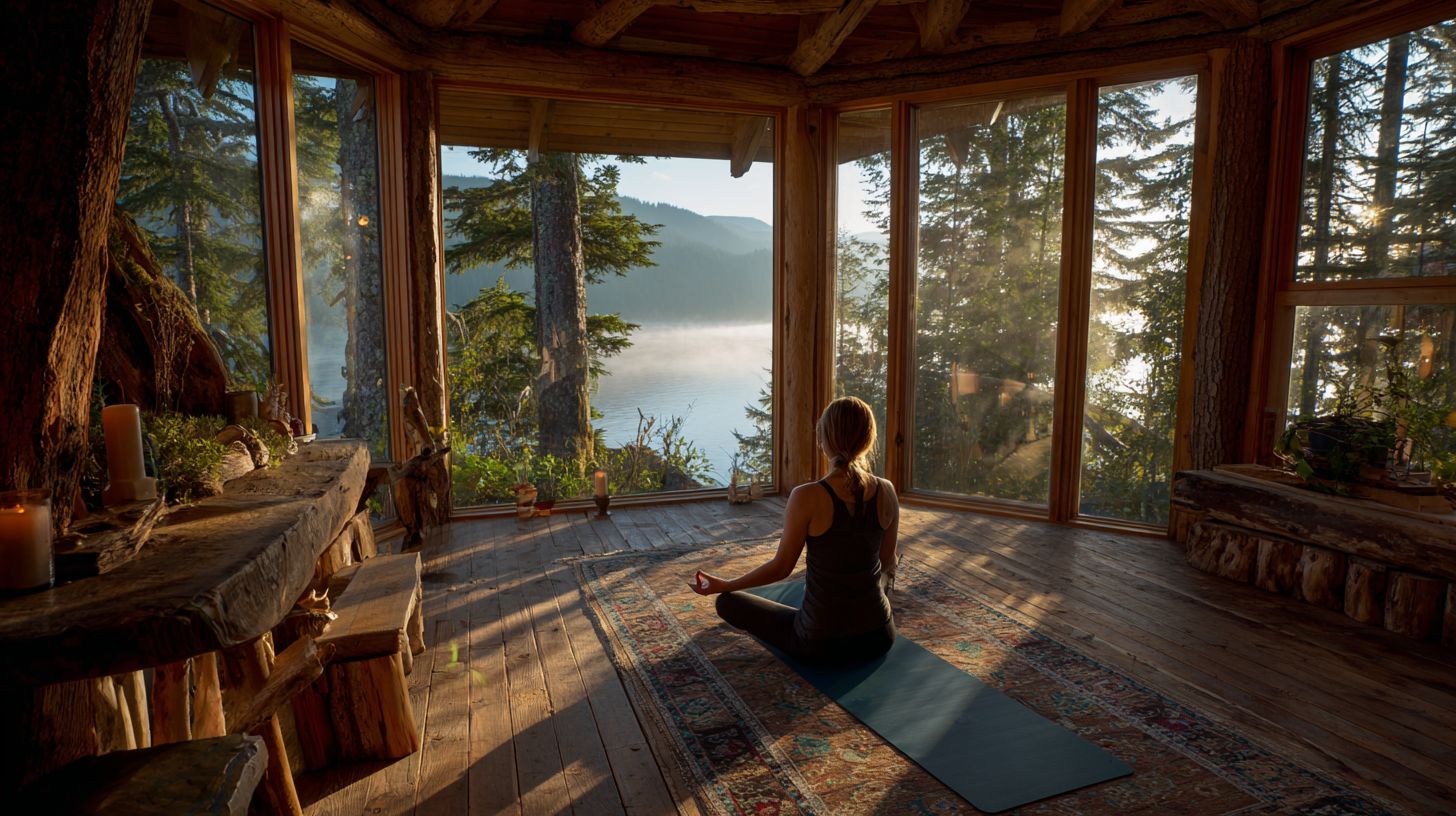
Health centers that focus on overall well-being usually provide many services, such as medical and dental care, mental health counseling, and programs to prevent substance abuse.
Family practice provides primary care, where doctors treat common health problems, and nurses handle preventive checkups and long-term illness care.
You can also get WIC nutrition services. They help low-income families who are pregnant or raising young children.
The services follow USDA guidelines on balanced diets to fight malnutrition.
Vocational rehabilitation programs equip individuals with job skills, drawing from successful models like those studied by the Rehabilitation Services Administration, showing up to 60% employment gains post-training.
Classes teach life skills. Anger management workshops help people control their emotions, using methods from cognitive-behavioral therapy by the American Psychological Association.
Counseling sessions at the center provide one-on-one therapy, with practices like mindfulness to support complete health in a caring setting, as featured in leading holistic health centers in Homer, Alaska.
How Do These Centers Combine Traditional and Modern Practices?
These centers mix traditional and modern ways of healing. They combine cultural methods with medicine backed by scientific proof to handle problems like trauma passed down through generations using programs made for specific needs.
The Alaska Blanket Exercise is a hands-on workshop where people see the past effects of colonization on Indigenous communities. It builds empathy and cultural awareness.
They pair this with behavioral health therapies, such as cognitive-behavioral techniques adapted for cultural contexts, to treat anxiety and grief effectively.
Telehealth platforms link clients in remote areas to counselors and make getting support easy now.
Treatments for addiction and drug abuse use motivational interviewing. Survivors of domestic violence and sexual assault get care that addresses trauma through group healing sessions.
The Community Reinforcement Approach and Family Training, or CRAFT, joins standard family support practices with modern methods. It allows family members to aid their loved ones in recovery.
Research from the National Institute on Drug Abuse indicates it reduces substance use by up to 70% when families take part.
What Makes Kodiak’s Whole-Body Health Community Different?
Kodiak’s health services stand out because of close links to Native associations and KANA, along with places like Providence Kodiak and Island Medical that serve the close island community.
They prioritize community health, especially for low-income groups, by offering sliding fee options that make essential services accessible without financial strain. Urgent care availability ensures quick responses to emergencies, while public health efforts tackle everything from vaccinations to chronic disease management.
Suicide prevention programs differ from others because they use local knowledge to offer support that fits the culture and connects with people.
Partnerships with the Alaska Native Tribal Health Consortium weave traditional elements into modern care, like incorporating Alutiiq healing practices alongside evidence-based therapies. A 2022 study from the University of Alaska Anchorage showed that these collaborations raise mental health results by 30% among rural indigenous people.
This creates a setting where well-being seems both comfortable and progressive.
Residents often share stories of how these integrated approaches have strengthened family bonds and island resilience.
How Can You Get Ready for Your First Visit to a Wellness Center?
To get ready for your first visit to a wellness center, collect your medical history and learn about the different doctors available, from physicians and surgeons to specialists in internal medicine, obstetrics, and radiology.
You should look at general practice or outpatient care too. For example, Dr. John Koller, an experienced family medicine doctor, can provide full check-ups that fit your lifestyle.
This integrated approach emphasizes preventive care, blending physical exams with discussions on nutrition and stress management.
Before heading in, jot down your symptoms, even the subtle ones, and list out any questions lingering in your mind-it helps maximize the session’s value. Research from the American Academy of Family Physicians supports this, showing that prepared patients achieve better health outcomes through thorough dialogues.
Remember, these centers often work closely with specialists, so you get complete guidance without any gaps in care.
Are There Insurance or Accessibility Considerations for These Centers?
Yes, many wellness centers in Kodiak accept insurance and offer services to all. They offer sliding fee scales for people with low income and special healthcare options for those on aid during emergencies.
These centers often work with major insurers like Blue Cross Blue Shield so their coverage matches, paying for up to 80% of therapies such as acupuncture and herbal treatments, according to a 2022 study by the National Center for Complementary and Integrative Health (NCCIH).
In Kodiak’s remote island location, they use telehealth platforms and mobile clinics to overcome distance problems, so people can access services even in bad weather.
For low-income access, grants from the Alaska Department of Health fund community outreach, while crisis response includes 24/7 hotlines integrated with local emergency services, promoting equitable care.
A report from the Kodiak Area Native Association highlights how these initiatives reduced barriers for underserved populations by 40% last year, fostering inclusive wellness for everyone.

Sheetal Sharda has a background in CS. She got an interest in Holistic living back in 2018, and has since started exploring more into Naturapathy, Holistic Living, Yoga, and more. She got inspired to start SereneClinics to help people find reliable centers across the world.
